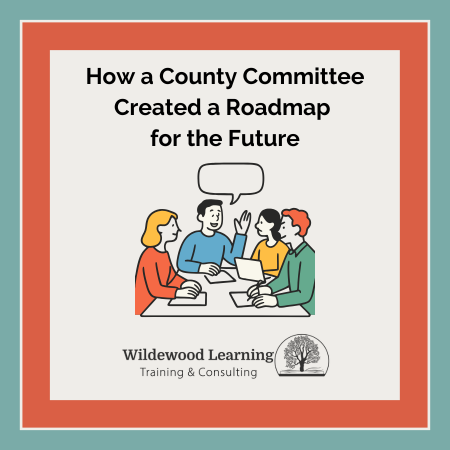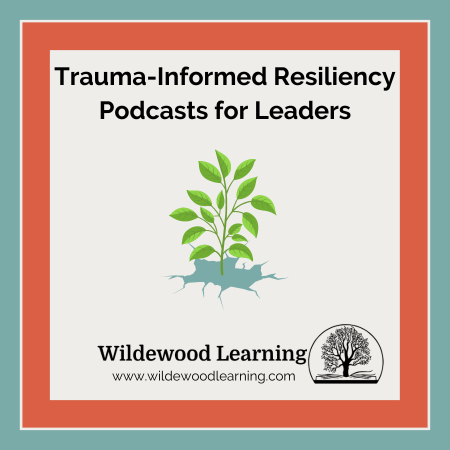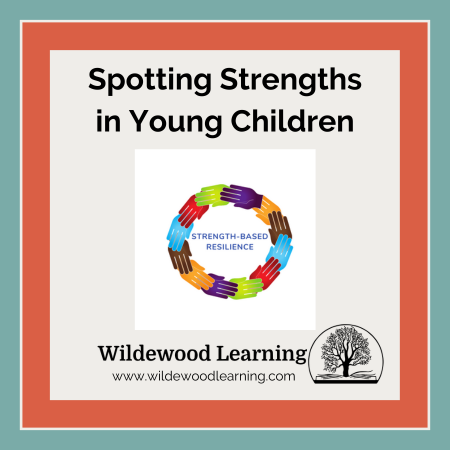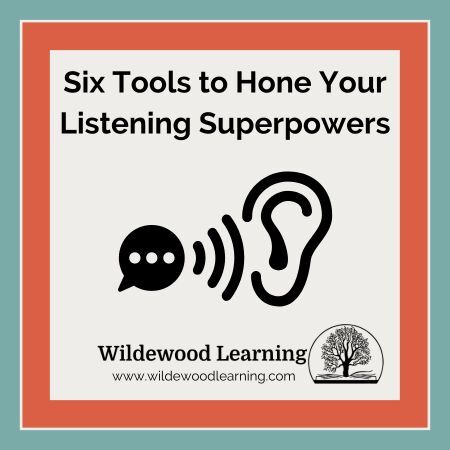How a County Committee Created a Roadmap for the Future
This is the third case study I have shared over the last few months to illustrate Wildewood Learning’s partnership with schools and organizations that serve families and children, with a trauma-informed, strength-based approach.
Read the case study on how Wildewood Learning partnered with a school district HERE.
Read the case study on how Wildewood Learning partnered with a social service agency HERE.
The Community Justice Coordinating Committee (CJCC) was an ad-hoc group of stakeholders in the justice system of a rural county in Minnesota. The committee has met monthly since 2014 to address the growing inmate population in the county jail. The CJCC is a dedicated committee that brings together local hospital, law enforcement, community action, the court system, county commissioners, social services, schools, and other local organizations and agencies, all with the goal of helping residents avoid recidivism in the court system.
Challenge
The CJCC sought to expand its networking capacity to enhance the mental health of targeted populations by formalizing relationships between stakeholders. In formalizing the committee, the Reaching Rural Grant funding awarded to Roseau County hired Wildewood Learning to help develop a strategic plan, bylaws, and a communication plan, creating a network to expand mental health and chemical dependency services for area residents.
In a rural county with a population of just over 10,000 residents, the availability of services is limited. The formalization of the CJCC and development of a strategic plan would provide stakeholders with the basis to apply for grant funds to increase services.
The CJCC also sought to integrate trauma-informed principles and strength-based interventions into the services offered to county residents.
Solutions
To support the CJCC in formalizing its structure and strengthening its impact, Wildewood Learning (Kathryn Magnusson) co-facilitated a collaborative planning process that united diverse county partners around shared priorities. Through a series of activities with the steering committee and guided whole committee discussions, the group identified key community challenges, developed a mission and vision grounded in resilience and well-being, and created a strategic framework to guide future decision-making. The process emphasized inclusion, ensuring that voices from law enforcement, social services, schools, healthcare, and community organizations all contributed to shaping the plan’s direction.
Wildewood Learning also integrated trauma-informed and strengths-based principles into every stage of the planning process. The resulting strategic plan outlined clear goals, measurable outcomes, and realistic action steps to enhance coordination across systems, expand access to behavioral health and prevention programs, and empower community members as active participants in building safety and a sense of belonging. In addition to the strategic plan, Kathryn facilitated the development of formal bylaws, a communication plan, and tools for tracking progress—providing the CJCC with a sustainable framework for collaboration and funding readiness.
Results
- A comprehensive five-year strategic plan was created through a collaborative process facilitated by Wildewood Learning—the plan establishes measurable outcomes and progress indicators to guide cross-agency collaboration and service delivery.
- Enhanced community engagement through clearer communication channels, formal bylaws, and inclusive outreach strategies that gave underrepresented populations a voice in local justice initiatives.
- Increased organizational capacity and funding readiness, positioning the CJCC to pursue grants and partnerships that expand mental health, substance use, and prevention services across the county.
The CJCC’s transformation from an informal working group into a formalized, collaborative committee illustrates what’s possible when a community unites around shared purpose and strategic action. Through facilitated planning, the group developed a clear mission, vision, and structure that will guide future decision-making and strengthen coordination among justice, health, and social service partners. This process not only created a foundation for sustainable funding and service expansion but also deepened relationships across systems—ensuring that every resident has access to the support they need to thrive.
As Sue Grafstrom, Reaching Rural Grant Manager, reflected, “Hiring Kathryn to carry out the goals and objectives of our Reaching Rural Grant was a great decision! She was able to capture the essence of what I wanted to accomplish in formalizing our Roseau County Justice Coordinating Committee. We now have a formal organization, mission, vision, and a strategic plan. She has the knowledge and experience to dig in and get things done.”If your organization or county is ready to strengthen collaboration, build trauma-informed systems, and create a shared vision for community well-being, Wildewood Learning can help. Together, we can design strategic, trauma-informed, and strength-based solutions that move your community from a reactive to a resilient state—building systems that foster belonging, safety, and hope. Connect with Wildewood Learning Training and Consulting today!










